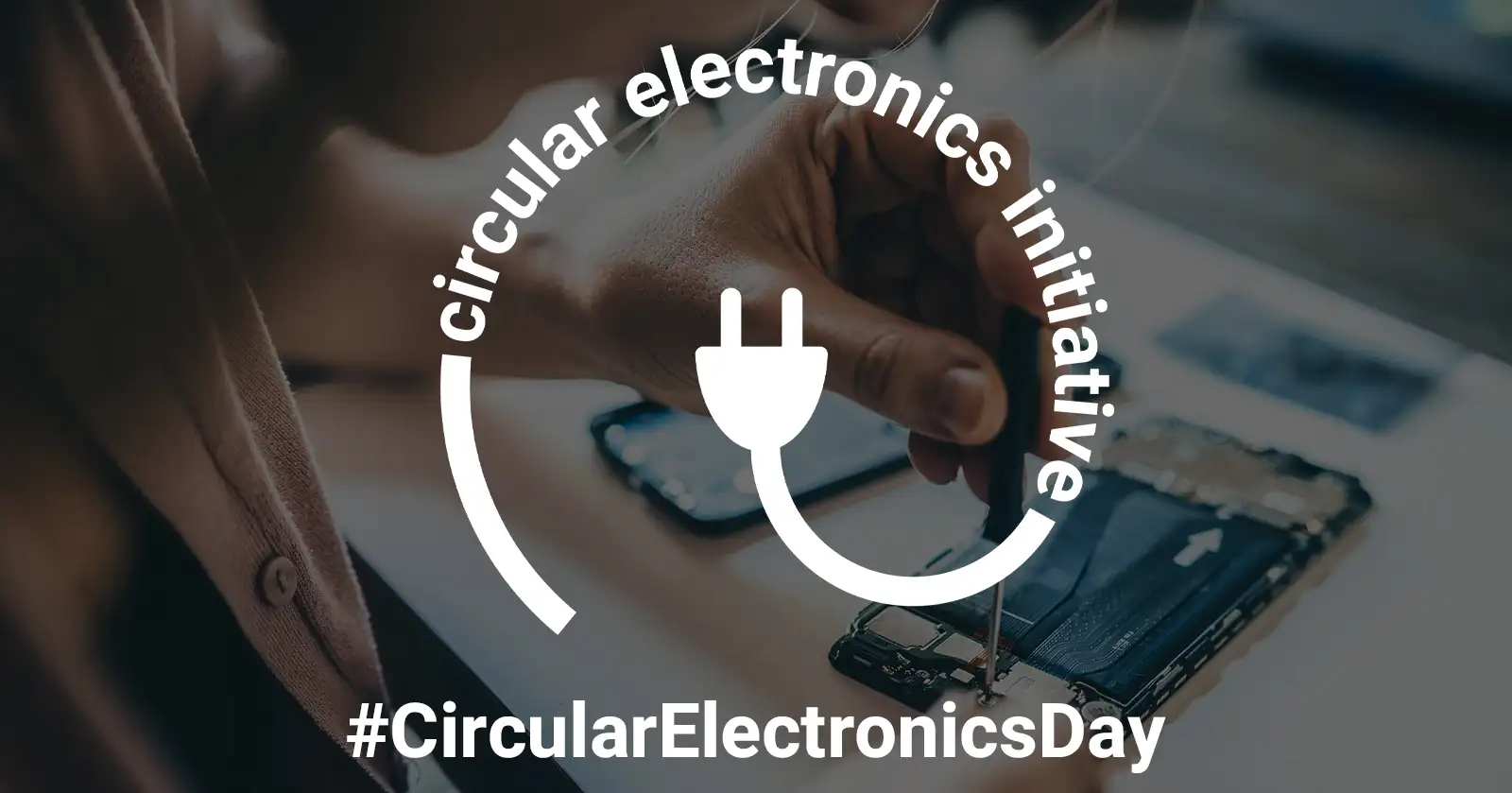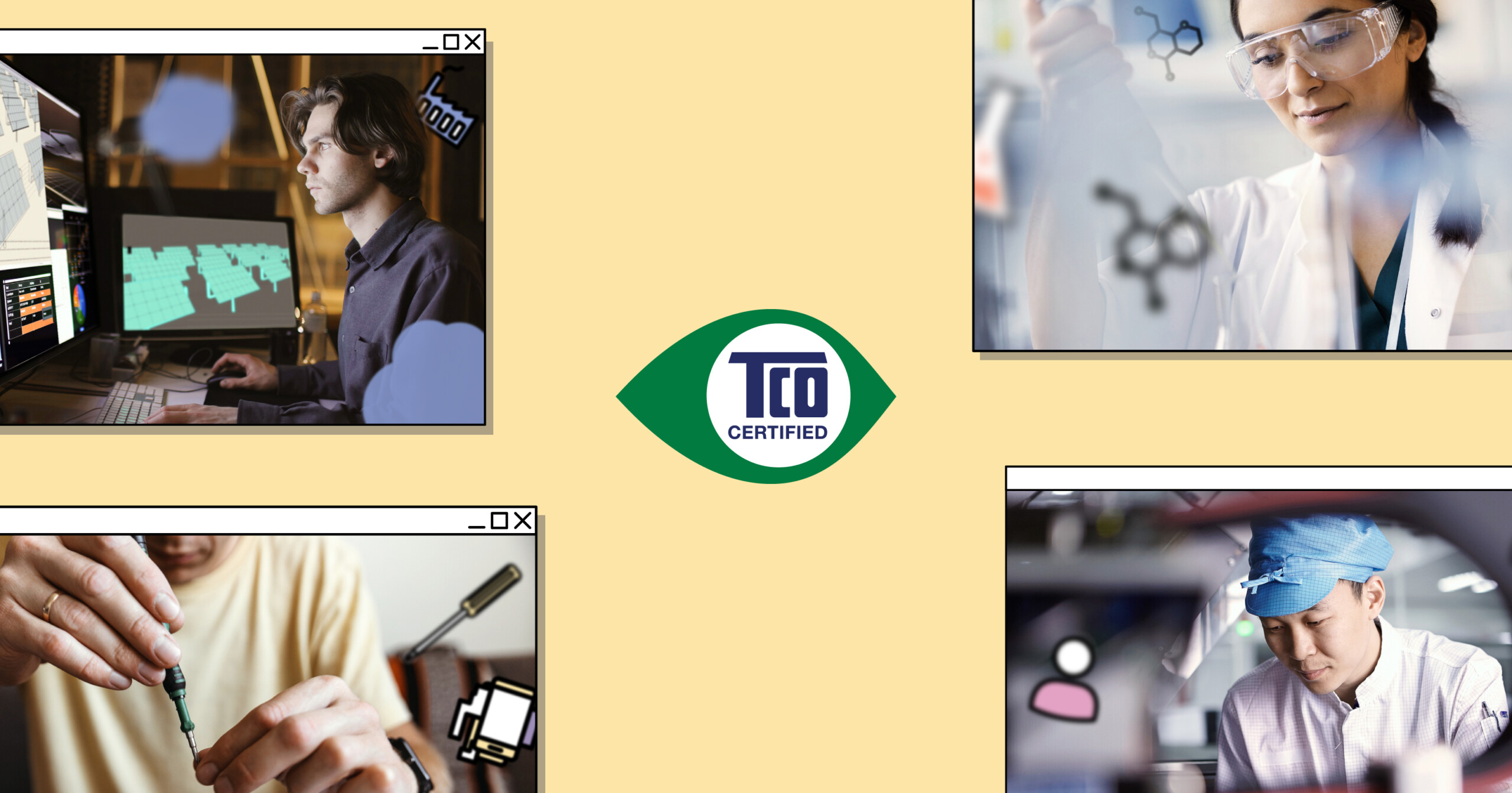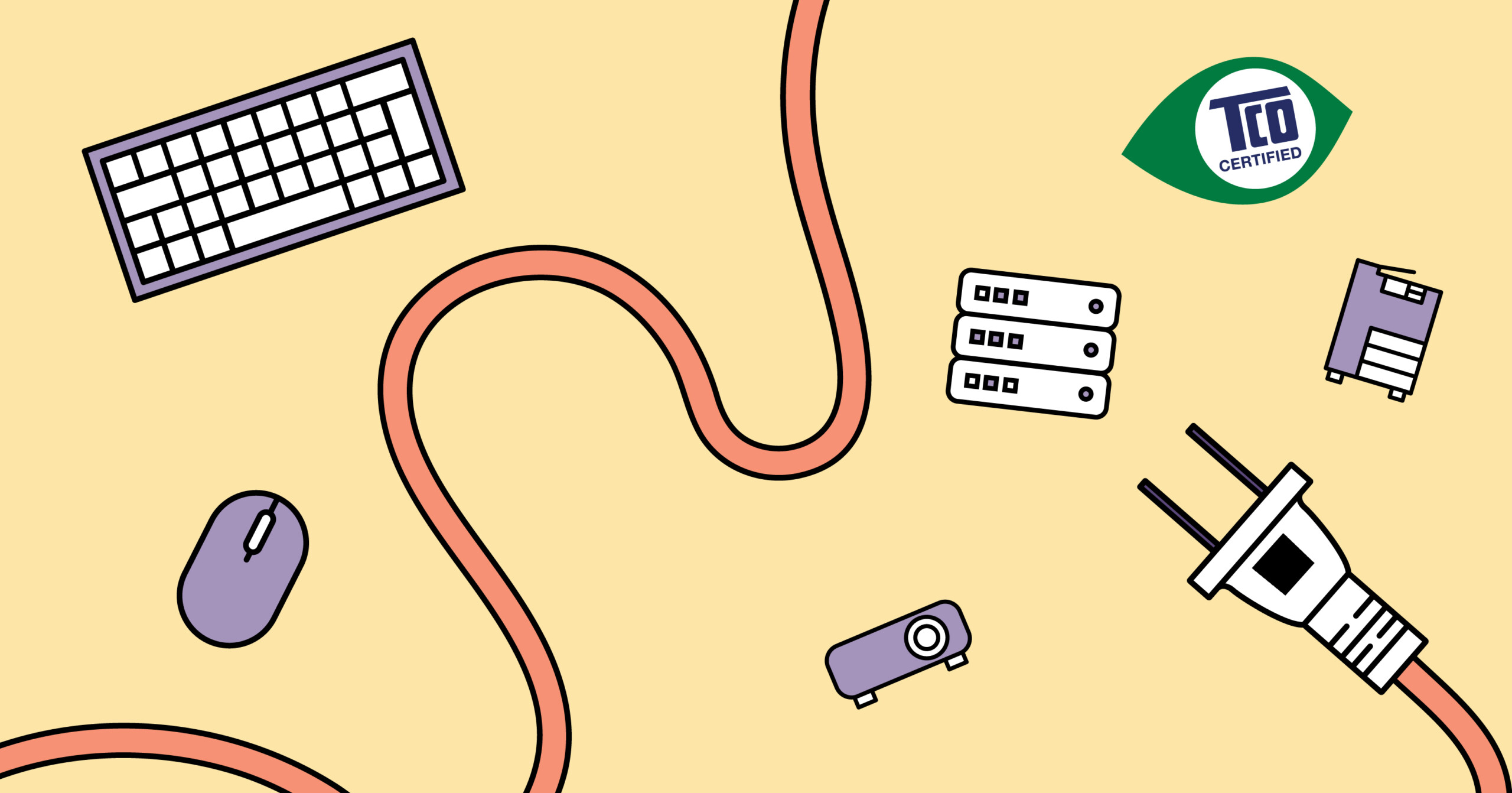Millions of electronic devices face disposal each year due to breakage, obsolescence, or simply being discarded. The annual global amount of electronic waste (e-waste) is estimated to surpass 63 million metric tonnes this year – equivalent to the weight of over 6,000 Eiffel Towers. This surge in e-waste contributes to significant issues affecting human health and the environment. Against this backdrop, the importance of Circular Electronics Day on 24 January has never been greater. This day serves as a crucial milestone in promoting more sustainable production, use and recycling of electronics.
24 January marks International Circular Electronics Day, #CircularElectronicsDay. This day is dedicated to raising awareness about sustainability issues associated with e-waste. It emphasizes the need for both consumers and businesses to use electronics more sustainably.
“On Circular Electronics Day, we focus on the serious problem of e-waste, which is predicted to exceed 63 million metric tonnes this year. This issue goes beyond the environment; it’s about the choices we make. The Circular Electronics Initiative encourages us to change the way we use and recycle electronics. Every small step we take can help reduce e-waste and create a healthier future for our world. We all have a part to play in this important mission,” says Andreas Nobell from TCO Development, one of the founding members of the Circular Electronics Initiative.
Electronic devices – such as computers and smartphones – are integral in people’s daily lives. Unfortunately, many of these devices are treated as disposable after just a few years of use, adding to the growing problem of e-waste.
The Circular Electronics Initiative is an international network with 29 member organizations. Its purpose is to encourage society to use electronics more sustainably.
“The challenge of e-waste keeps growing each year. Thankfully, we are now seeing some positive shifts towards a more sustainable use of electronics. New legislation in more countries is requiring businesses to produce and manage electronics more sustainably,” says Catherine Masolia, COO at WEEE Centre in Nairobi, Kenya, another one of the members of Circular Electronics Initiative.
Top five practical tips for using IT products more sustainably:
- Refuse and reuse. Before replacing your current IT device, consider if replacing it is truly necessary. Using products longer is the single most important thing to reduce the environmental footprint of your IT use.
- Care, repair and upgrade. Take good care of your IT products so they last longer, for example avoid leaving products in a hot car, as high temperatures can damage the battery. Focus on repairing and upgrading your products before buying new ones.
- Consider the second-hand market. Consider buying and selling used IT products. There’s a high demand for second-hand electronics, and by being an active participant in this market, you extend the life of these products.
- Choose durable products. Invest in a product that can perform better than your current needs to allow for future needs. Choose those with sustainability certifications and durable designs. Choose devices that are repairable and avoid those with a short lifespan to prevent early disposal.
- Refurbish or recycle responsibly. When your IT products are beyond repair, don’t let them become waste. If refurbishing isn’t an option, recycle them responsibly. Proper disposal ensures valuable resources are recovered, and environmental harm is minimized. Don´t let the products collect dust in your drawer, and don’t dispose them in the regular waste bin.
According to the Global E-waste Monitor report, the annual global volume of e-waste is projected to grow to more than 63 million metric tonnes in 2024. That equals the weight of more than 6,000 Eiffel Towers. Only 20 percent of e-waste is properly collected and recycled, with the remaining 80 percent either disposed of in regular waste or handled in substandard conditions, affecting human health and the environment. This makes e-waste the fastest-growing solid waste stream in the world.
About Circular Electronics Initiative
Circular Electronics Initiative is an international network with 29 member organizations. The purpose is to inspire decision-makers, businesses, and consumers to use and manage electronics in a more circular way.
The initiative drives communication activities, including Circular Electronics Day (#circularelectronicsday), which is highlighted every year on 24 January. You can find more information about the initiative and member organizations on the Circular Electronics Initiative website.
If you want more information, or if you are a journalist looking to get in touch with experts on circularity and IT products, please contact the Circular Electronics Initiative through Dennis Svärd.
E-mail: dennis.svard@tcodevelopment.com
Phone: +46 70 480 40 94



